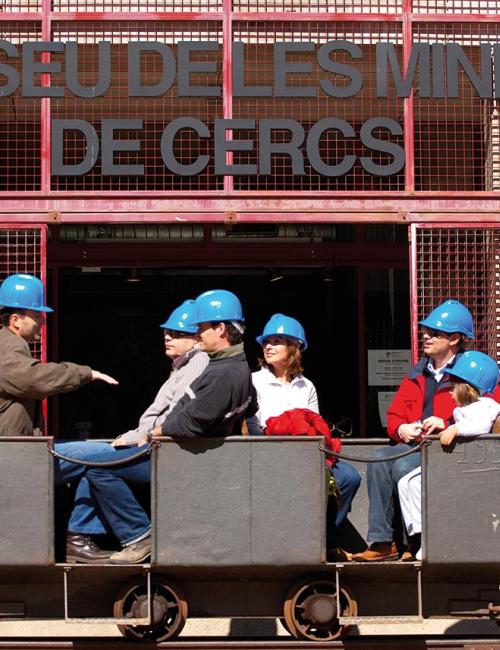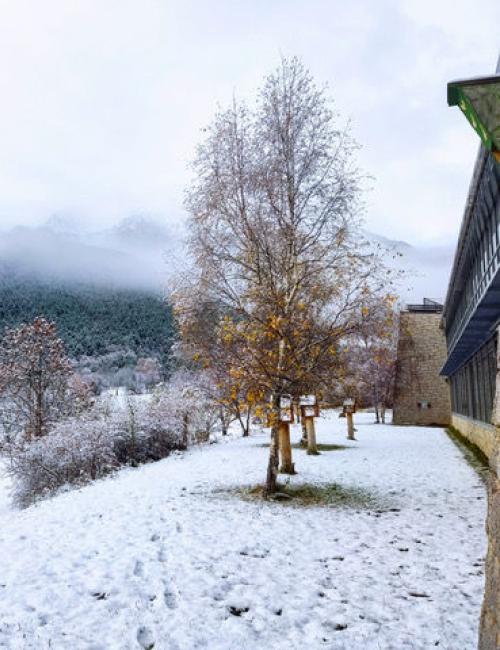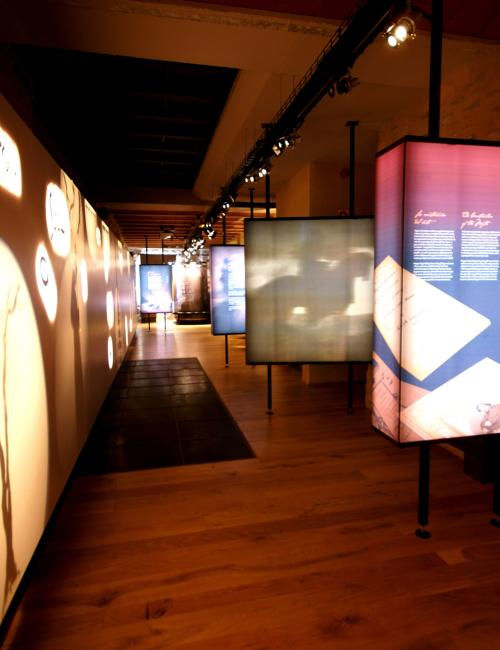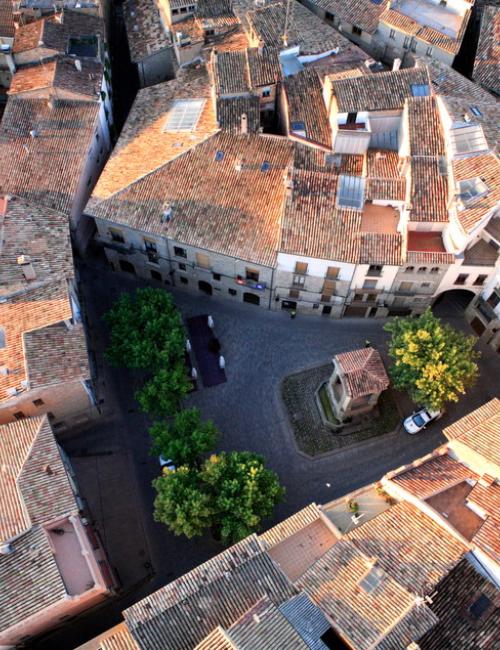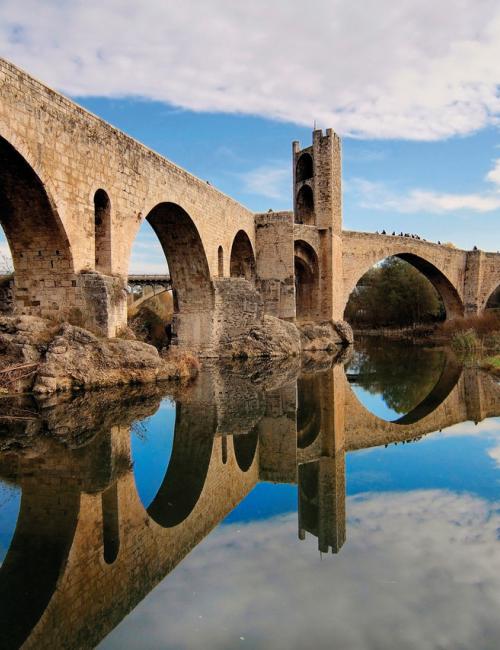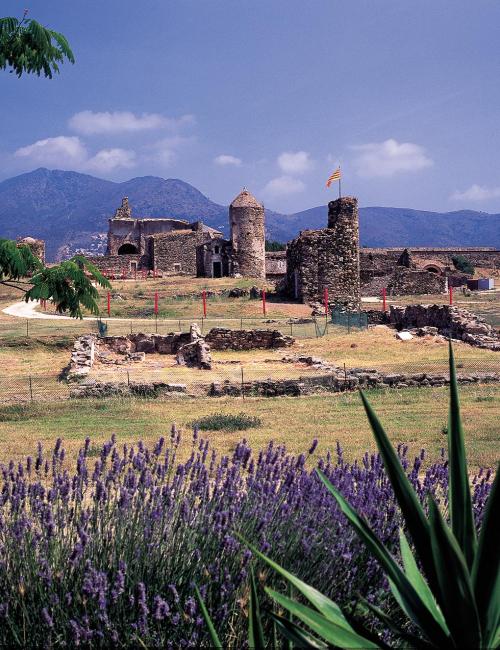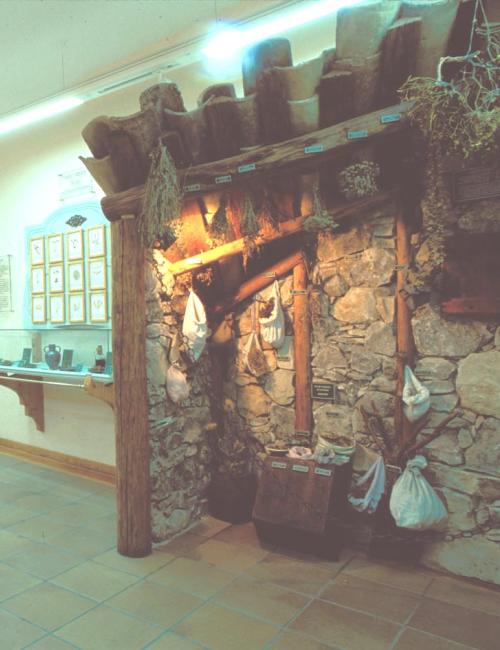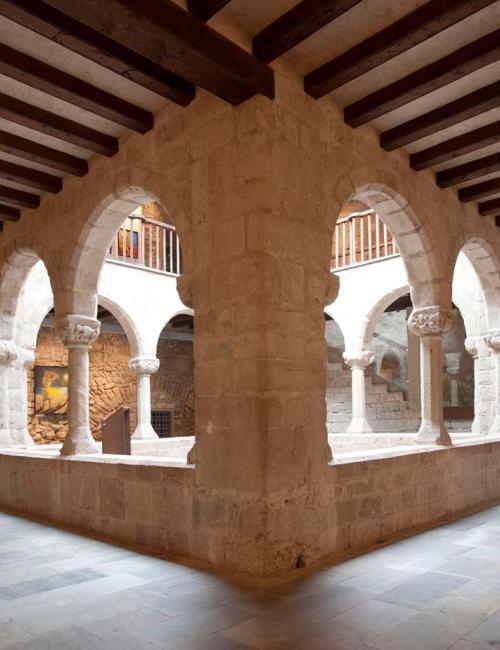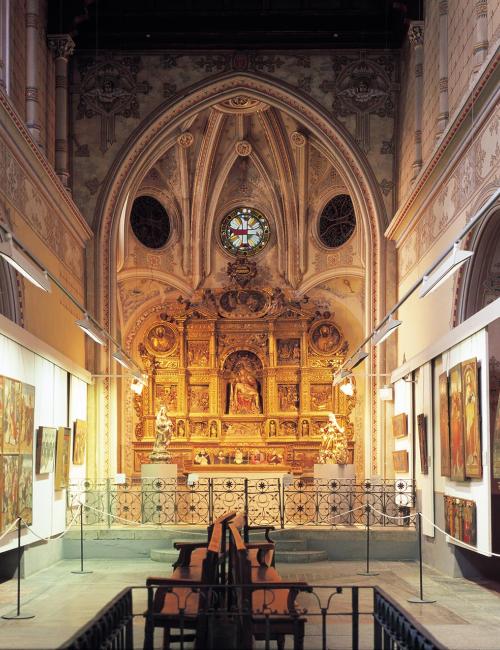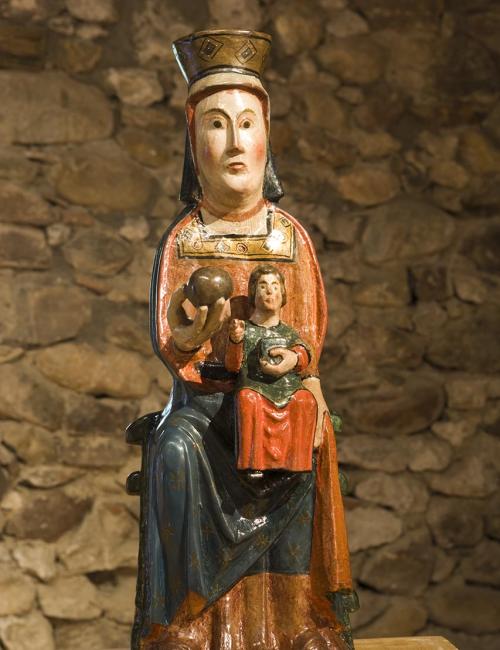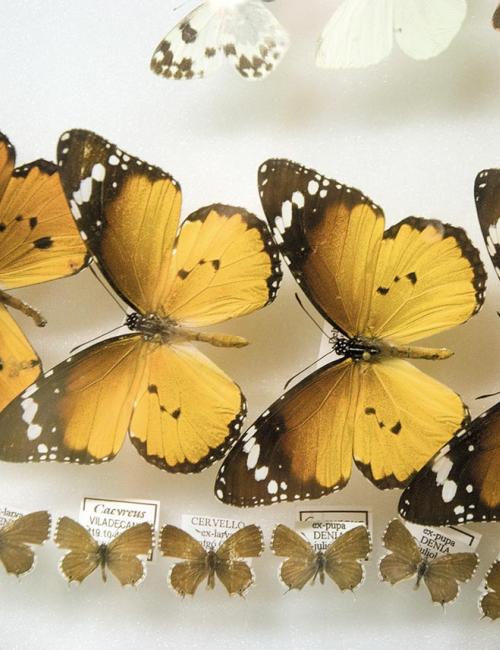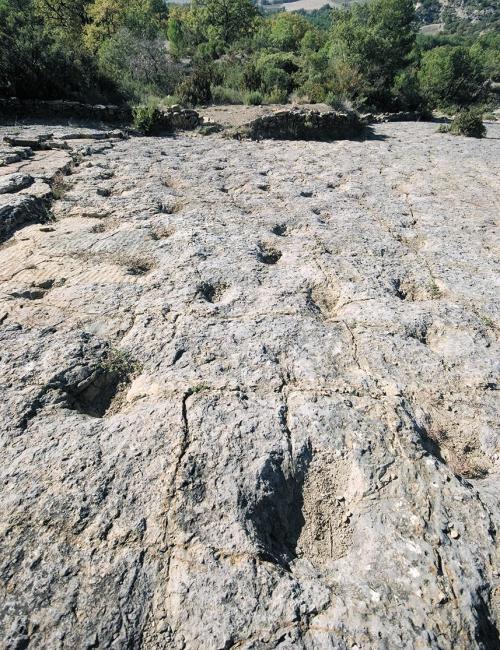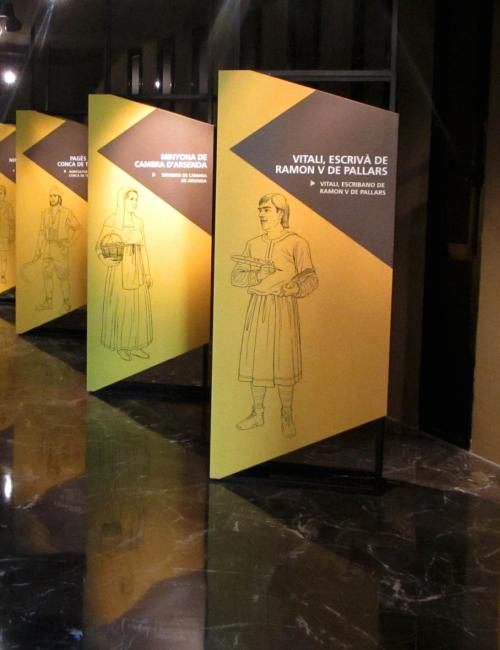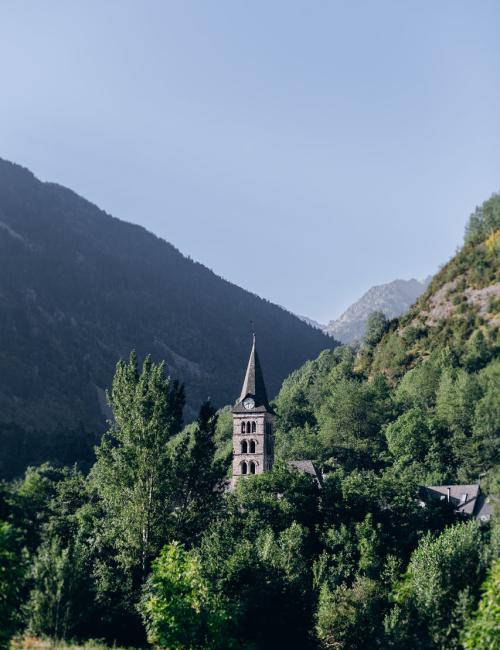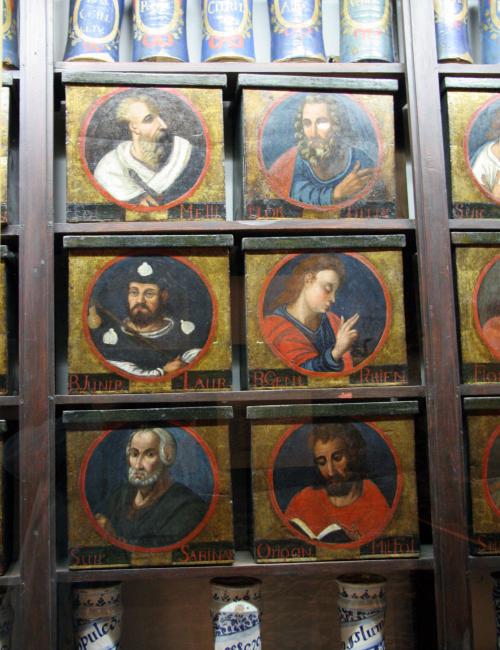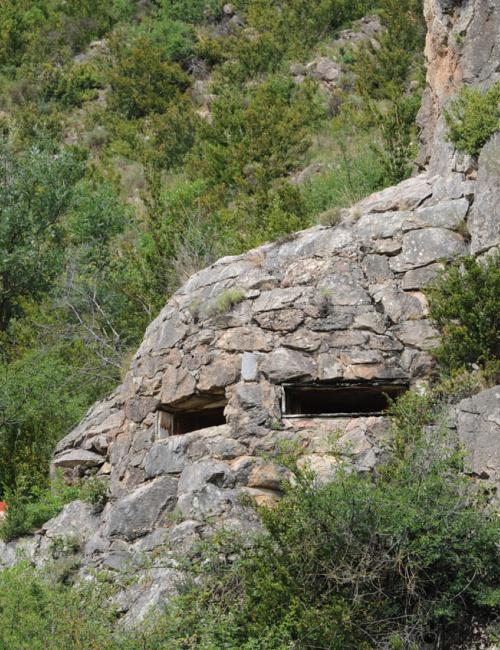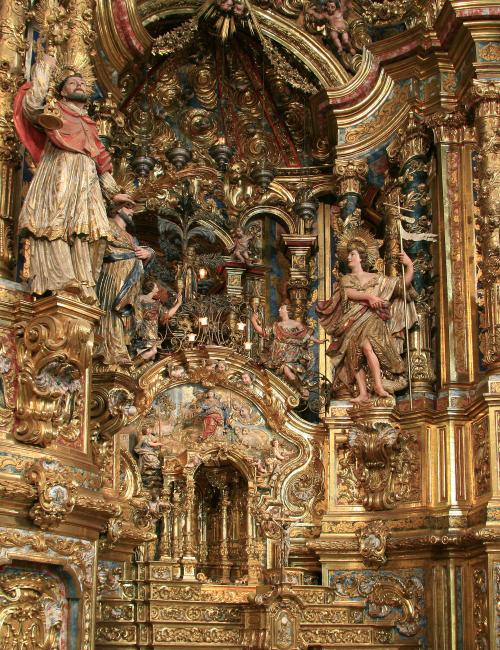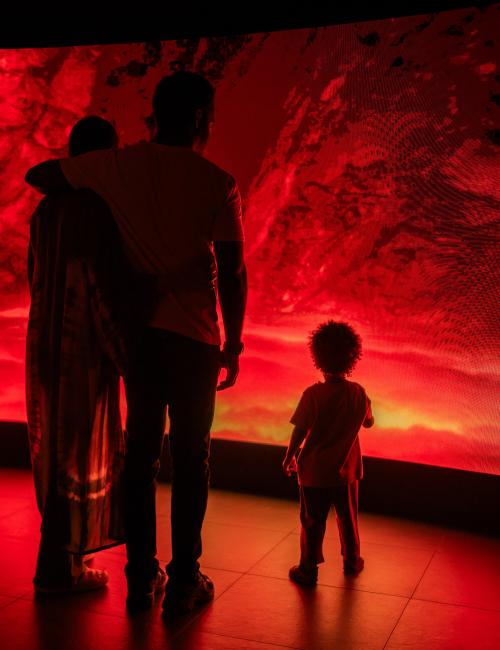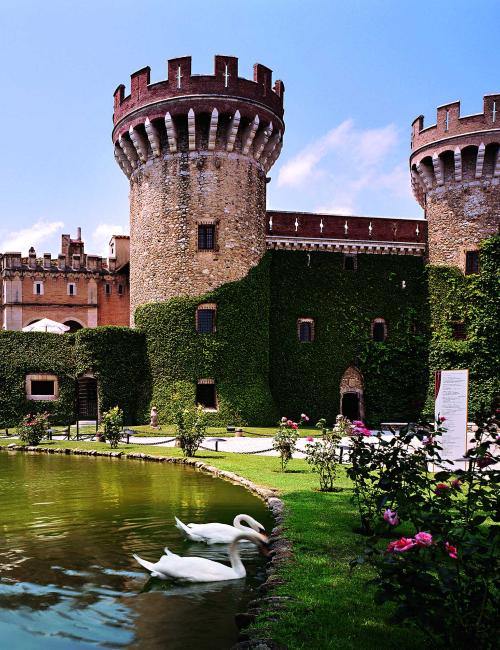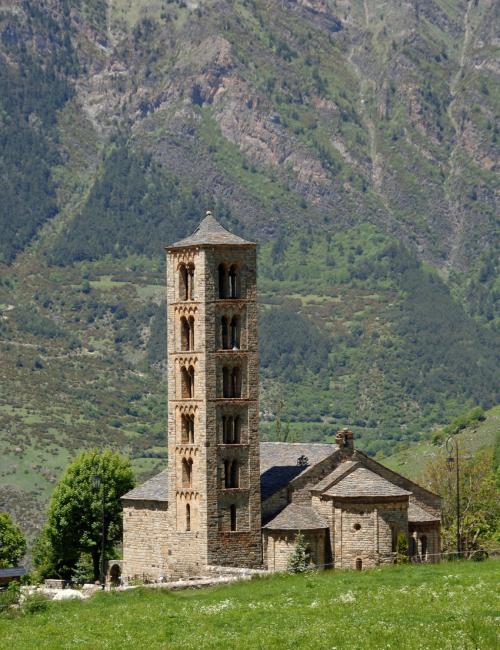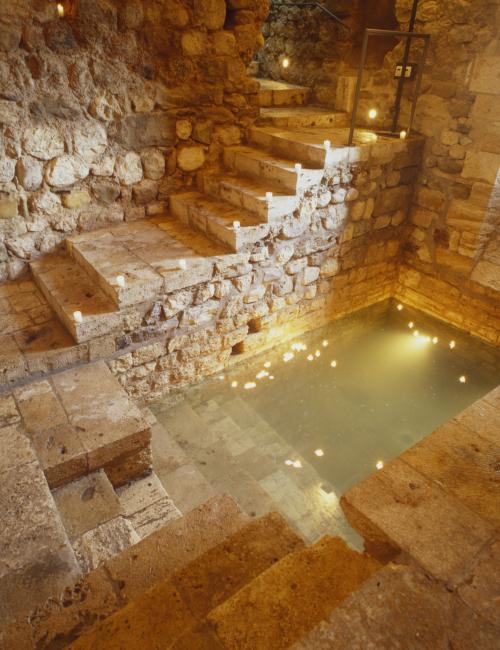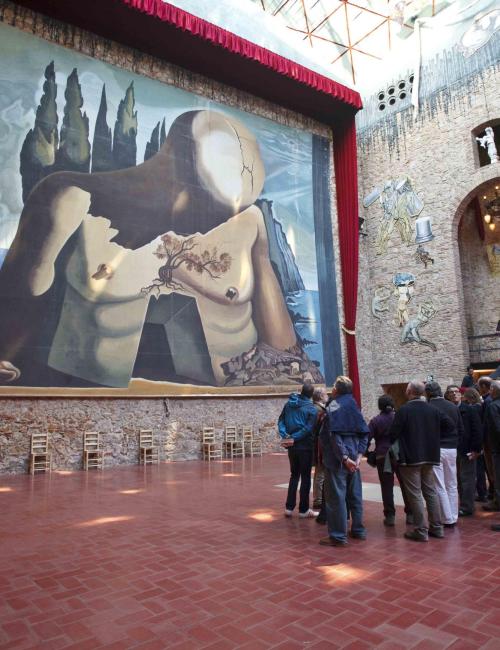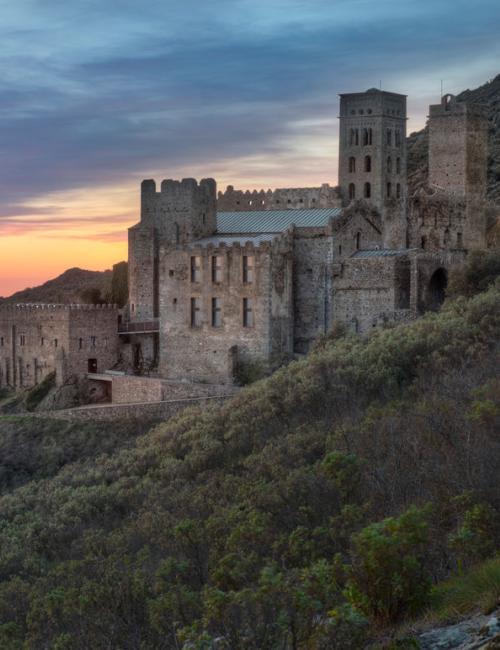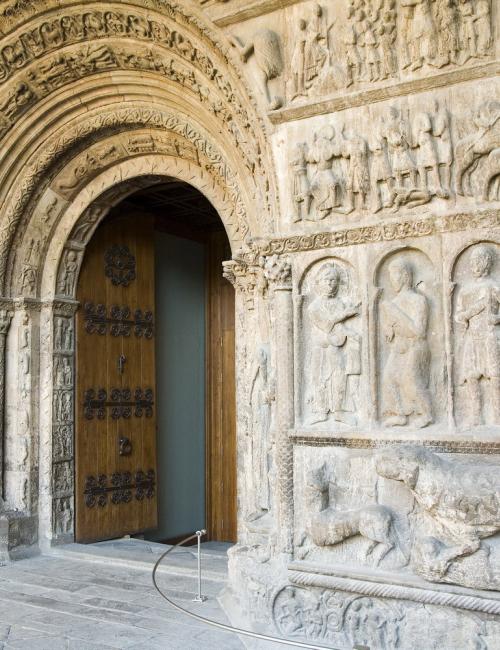Museums and points of interest
Llocs d'interès i museus
Located in the mining colony of Sant Corneli, the museum shows the working and living conditions of coal miners, with a mine train bringing visitors along 450m of the Sant Romà gallery.
MónNatura Pirineus centre, opened in 2002, is a Fundació Catalunya-La Pedrera amenity offering accommodation and activities for young and old alike.
The main heritage features of the “Land of Counts and Abbots” are the great monasteries of Ripoll and Sant Joan de les Abadesses, one of the major mediaeval art and architecture ensembles in Catalonia, together with the sanctuary of Montgrony.
Strolling through Solsona you find a place full of history and deep-rooted traditions that can be seen in every corner of the old quarter.
The first bridge of Besalú was probably built in the 11th century by Count Guillem el Gras (1030-1050). It was swept away by a flash flood in 1315, but was rebuilt thanks to a tax levied by King Jaume II.
The walk around the site of the Citadel (La Ciutadella) is a “must” for anyone visiting Roses. Declared a historical-artistic centre in 1961, the citadel contains vestiges of its various occupations over the last thirteen centuries.
This museum opened in 1998 with the aim of conserving the memory of the turpentine oil peddlers (“trementinaires”) living in La Vansa Valley.
A visit to the monastery of Sant Joan de les Abadesses includes the church and the museum.
La Seu d’Urgell Diocesan Museum boasts one of the main collections of religious art in Catalonia, and is particularly rich in items from the mediaeval period.
Alta Ribagorça Sacred Art Collection displays sculptural and architectural items, mostly from the former monastery of Santa Maria de Lavaix, which evoke the historical splendour of this territory.
Artigas Gardens, designed by Antoni Gaudí in 1905, prove that architecture can blend harmoniously with natural elements.
Valls d'Àneu Eco-Museum is a new museum concept where visitors actively explore and participate in the Pallars way of life at the beginning of the last century.
At the Butterfly Museum of Catalonia in Pujalt (Sort), visitors can admire all the species and varieties of butterfly found in Catalonia. Discover the world of butterflies, their relationship with the environment, and a wealth of other details on their life and habits.
Conca Dellà Museum, the Cretaceous Park Visitor Centre, offers a thrilling trip back into the past with the opportunity to discover an area once occupied by the Romans and, millions of years ago, inhabited by the last dinosaurs on Earth.
The Epicentre is the nerve centre of Pallars Jussà County tourist information and a space for learning about the cultural and natural heritage of the area.
From Salardú car park, drive up to the entrance to Unha village and admire Çò de Brastet manor house (1580) with its loopholes, corner towers, and other defence features.
The church of Santa Maria d’Arties represents one of the jewels of Aranese Romanesque architecture.
The pharmacy of Llívia, documented since 1594, is considered the oldest in Europe.
In the 1940s, an impressive fortification line of nearly 10,000 bunkers was built along the Pyrenees from Cap de Creus (Catalonia) to the Basque Country. Many were located in Cerdanya County, which was considered a strategic defence point.
The original Marian sanctuary was built after the Virgin Mary appeared to two shepherd boys in 1458, but the church we see today dates from the 17th century.
Olot Volcano Museum is the Natural Sciences section of Garrotxa County Museum and is located within the Parc Nou complex, in Castanys Villa.
The Castle Museum is part of Peralada Castle.
The Romanesque churches of Vall de Boí are the finest example of Catalan Romanesque art and architecture. The group of eight churches and one hermitage was listed as a UNESCO World Heritage Site in the year 2000.
La Seu d'Urgell Cathedral is the only Romanesque cathedral remaining in Catalonia.
One of the most interesting vestiges of Hebrew culture conserved in Europe.
Dalí’s masterpiece: the largest surrealist object in the world.
Majestic Benedictine monastery in the mountains, overlooking the whole Cap de Creus Peninsula.
The “Land of Counts and Abbots” route runs through the heart of Ripollès County, from Sant Joan de les Abadesses to Mataplana Castle, discovering the many legendary churches, monasteries, and castles in this area known as the “cradle of Catalonia”.

